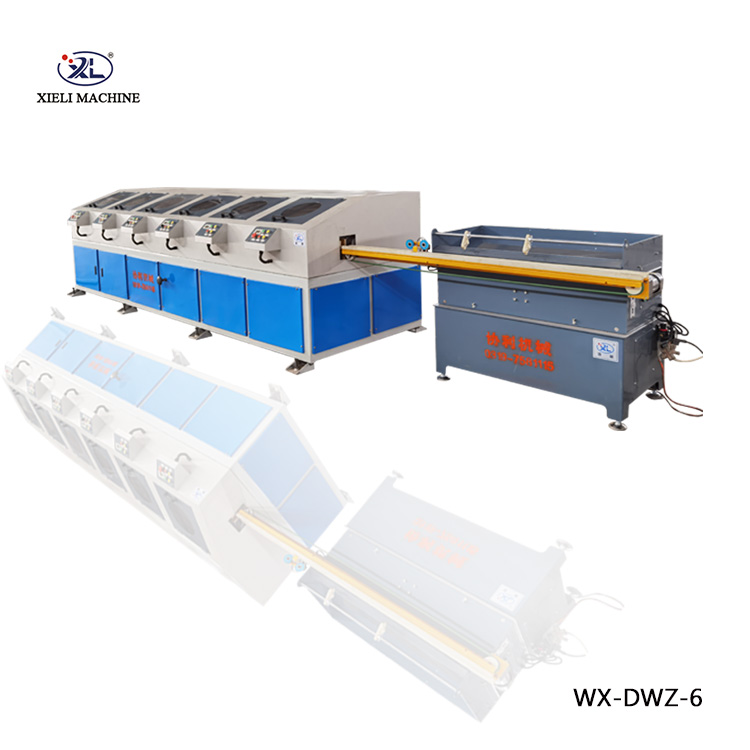Centerless Cylindrical Grinding Machines An Overview
Centerless cylindrical grinding machines play a crucial role in the manufacturing industry, particularly in precision engineering. Unlike traditional cylindrical grinding machines, which support the workpiece at both ends, centerless grinders hold the workpiece in place through a combination of a grinding wheel and a regulating wheel, providing several advantages in terms of efficiency, precision, and versatility.
Basic Mechanics
The primary components of a centerless cylindrical grinding machine include the grinding wheel, the regulating wheel, and the workpiece support. The grinding wheel is responsible for removing material from the surface of the workpiece, while the regulating wheel controls the rotational speed and feed rate of the workpiece. The design allows for the continuous feeding of parts, making it ideal for high-volume production runs.
In a typical setup, the workpiece is placed on a work support blade and is held between the grinding wheel and the regulating wheel. As the grinding wheel spins, it removes metal from the workpiece's surface. The regulating wheel, which is positioned at a slight angle, controls the direction of the workpiece's movement and helps to maintain the desired diameter. This simultaneous grinding action leads to high precision and excellent surface finishes, making it suitable for various applications.
Advantages of Centerless Grinding
1. High Precision Centerless grinding machines are capable of achieving tolerances of a few microns. This precision is critical in industries such as aerospace, automotive, and medical device manufacturing, where part dimensions must be exact.
2. Continuous Operation Since centerless grinding allows for continuous loading and unloading of parts, it significantly enhances productivity. Unlike conventional methods, which can lead to downtime during setups, centerless grinders can run continuously, making them ideal for mass production.
centerless cylindrical grinding machine

3. Versatility These machines can handle a wide range of workpiece sizes and shapes, including rods, tubes, and various cylindrical forms. This adaptability allows manufacturers to use a single machine for multiple applications.
4. Reduced Operator Intervention Automation features in modern centerless grinders reduce the need for manual intervention. This not only minimizes labor costs but also enhances operational safety and consistency.
Applications
The applications of centerless cylindrical grinding machines are extensive. They are commonly used in the production of
- Precision shafts Used in motors, pumps, and other machinery where precise shaft dimensions are critical. - Bearings Centerless grinding is essential in producing bearing races, ensuring smooth operation and longevity. - Automotive Components Similar to shafts, various automotive components require precise dimensions and surface finishes, which centerless grinding provides. - Medical Devices In the medical field, components such as surgical instruments and implants require meticulous attention to detail, which makes centerless grinding an invaluable process.
Conclusion
Centerless cylindrical grinding machines are indispensable in modern manufacturing operations. Their ability to deliver high precision, increase production efficiency, and accommodate a variety of workpiece shapes makes them a popular choice for industries where quality and efficiency are paramount. As technology continues to advance, the capabilities of these machines will likely expand further, allowing for even greater levels of automation and precision.
Investing in a centerless grinding machine can provide manufacturers with a competitive edge in today's fast-paced market, ensuring they can meet the stringent demands of quality and production timelines. As manufacturers seek to improve their processes and outputs, understanding the advantages and workings of centerless cylindrical grinding machines becomes increasingly essential. With their blend of efficiency, precision, and flexibility, these machines will undoubtedly remain a cornerstone of advanced manufacturing for years to come.









